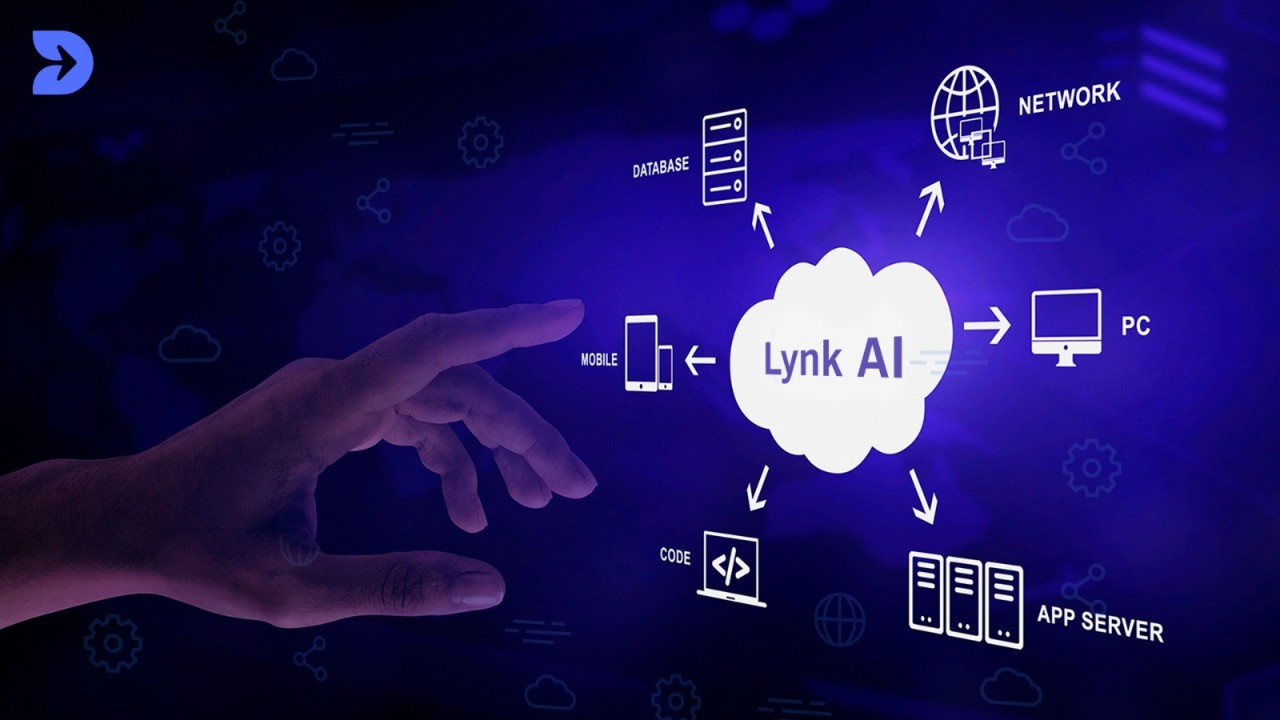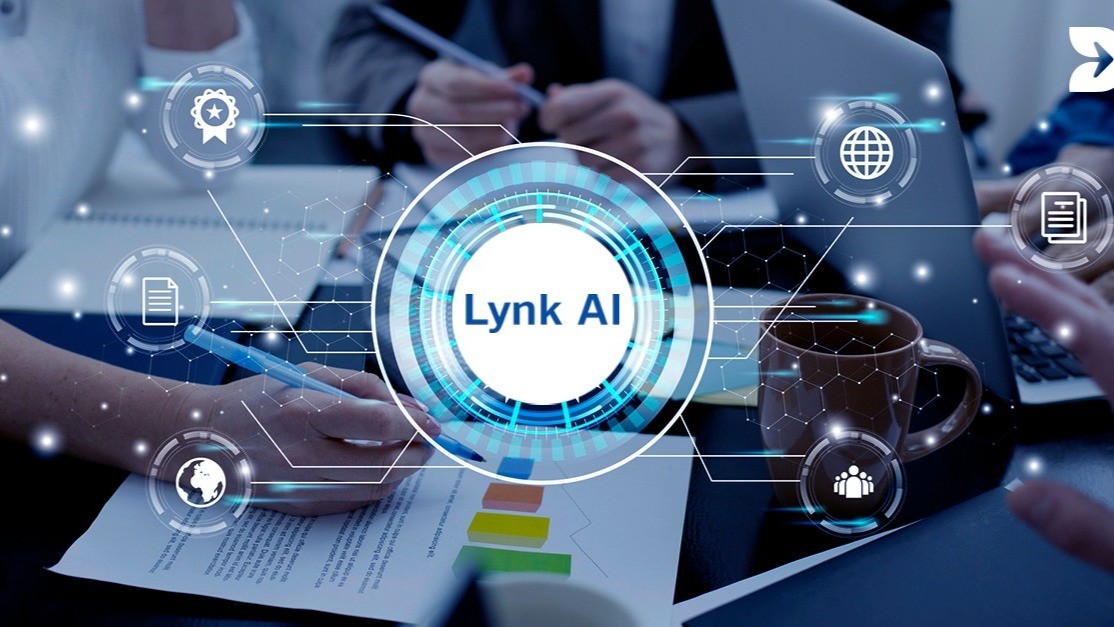
Streamlining Compliance: How Document Automation Reduces Regulatory Risks

Streamlining Compliance: How Document Automation Reduces Regulatory Risks
Organizations must follow defined rules and protocols that comply with industry regulations while ensuring strong data security and privacy. Compliance with regulatory standards ensures customer satisfaction, adds to the efficient development of organizations, maintains their integrity, and helps them avoid unethical practices.
Leveraging AI-powered Document Automation to Address Regulatory Challenges
Lynk IDP leverages AI to deliver effortless document processing and analysis across various industries while adhering to industry-specific guidelines.
- Real-time Threat Identification: AI enables automated and value-added data extraction from structured and unstructured documents. AI models can quickly scan vast documents, identify potential threats, and provide actionable insights for eliminating regulatory risks using Machine Learning (ML) and Natural Language Processing (NLP) capabilities.
- Comprehensive Risk Evaluation: Lynk IDP offers extensive risk evaluation and a singular perspective through integrated solutions providing detailed visibility into security factors. Document management and review with AI-powered IDP allows companies to swiftly sift documents like invoices, contracts, and policy documents, including unstructured documents like hand-written notes, paper-based records, poorly scanned PDFs, and collectively scanned documents into a single PDF.
- Instant Monitoring: Regulatory compliances change frequently to accommodate advancements in technology and shifts in customer expectations. Lynk IDP continuously monitors pertinent sources and with its two-way task-tracker integrations provides hourly updates and instant alerts to resolve discrepancies and avoid compliance violations.
- Seamless Audit: Companies often conduct manual audits periodically to ensure data quality and protection, irrespective of whether the data is valuable for internal operations or external affairs. However, these audits are subject to errors and loss of useful information. Lynk's AI-enabled IDP can perform meaningful data analysis on structured and unstructured documents, detect anomalies, decypher fallacious data patterns, and identify potential threats accurately in the blink of an eye, thus ensuring a seamless audit process.
- Linguistic Compliance: Lynk IDP uses AI-enhanced OCR, NLP, ML, and built-in language detection to read and interpret complex languages like Arabic. AI document automation quickly analyzes clauses, jargon, sentiments, grammar, and syntax of complicated languages, helping organizations assess and mitigate compliance-related risks.
- Automated Reporting and Forecasting: Lynk’s GenAI Robotic Process Automation (RPA) continuously self-learns from data and user interactions, improving its ability to dynamically adapt to new scenarios to predict outcomes and help organizations make informed decisions with minimal human intervention. GenAI RPA generates data-driven insights to streamline compliance by reporting and implementing real-time regulatory changes.
Lynk IDP uses automated reasoning checks to eliminate hallucinations by verifying the responses generated by AI with customer-provided data using the human-in-the-loop method to combat regulatory risks. Additionally, multimodal processing and reasoning allow coordinating workflows and enabling large AI models to handle sub-tasks accurately.
Recommended by LinkedIn
Conclusion: Efficient Compliance and Reduced Risks via Automation
Automating the monitoring of regulatory changes and compliance workflows across industries such as legal, healthcare, insurance, finance, and accounting is imperative. Failing to adhere to compliance guidelines leads to conceivable fines and penalties. It also deteriorates the prominence of organizations and results in financial and clientele loss.
Streamlining compliance through document automation significantly reduces regulatory risks by ensuring timely, accurate adherence to evolving guidelines. This approach minimizes errors, mitigates penalties, and enhances organizational efficiency across industries.
Schedule a free demo of Lynk IDP today to see how AI can address regulatory challenges and automate compliance solutions!